In this article we take a look at the Shanling M1 Plus, a new DAP selling for just $209 USD.
Disclaimer: Shanling sent us the M1 Plus, free of charge, for the purpose of this review. In exchange, we’re going to give our honest opinion, as always.
About Shanling
Founded in 1988, Shanling has been crafting Hi-Fi products for over 30 years. From high-end CD players to elegant tube amps, the brand has built a reputation for impeccable craftsmanship and top-tier performance, with models like the T35—an ultra high-end CD player—and the SCD1.3, a beautiful all-in-one CD/Amp/DAC that I’d love to try.
A nice setup already, but the brand also developed a full range of delightful portable DAC/AMP , like the Shanling H7, H5 and H2 – three wonderful devices that I previously reviewed – or compact USB-sized DAC like the UA4 and UA1 Plus.
And, in addition to all of that, the brand also offers a complete range of players and IEMs, like the M6 and M6 Pro (21) that I previously reviewed, now topped by the Shanling M6 Ultra, the M7, and the almighty M9 Plus that Berkhan and Yagiz loved and praised, with good reasons.
Yet, Shanling recently decided to go back to basics, introducing two new players that ditch the usual Android UI in favor of the simpler Mtouch interface, the M5 Ultra and, more importantly, the Shanling M1 Plus. A hybrid between the M1S and the M5 Ultra, designed to offer hi-res performances on the go – and today’s review subject.
Is it any good? Time to find out.
Design & Build Quality
Casing
As usual with the brand, build quality is absolutely flawless – even phenomenal considering the asking price.
No gaps, premium materials everywhere your eye can see, and your hand can touch, thanks to the same aluminium unibody case found on higher end device, topped by tempered glass panel front and back. Add to that an asymmetrical design, where each side reverse mirror the other one, flush outputs, a grey-metal anodized aluminium case, and you get a very nice looking player – obviously paying tribute to Astell&Kern SR35, or the old AK70.
An homage also visible through the physical buttons and scroll-wheel, slightly overlapping out of the body, giving you a tight grip, for good handling. And if the Shanling H2 remains my favorite device out of all of the brand’s catalog, I have to admit that the M1 Plus exudes the same confidence found in higher-end players from the brand.
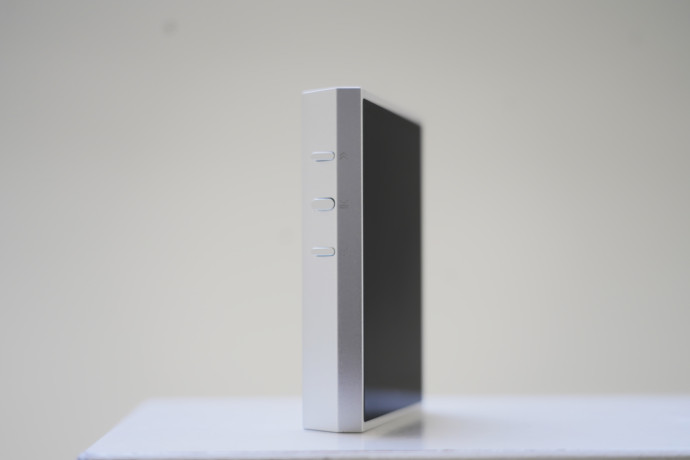
And, if the H2 was kind of compact already – even if not as tiny as the M0 Pro – the new Shanling M1 Plus is a even more nimble. Size-wise, this new player is just 86 mm tall, 61mm wide, and 17mm thick, with a total weight of just 116g – a massive shave-off compared to the M6 Pro and M5 Ultra – even if you add the leather case afterward.
It’s not entirely perfect though – nothing is in this cruel world – the M1 Plus display suffering from unbearably large bezels, in an era where brands like Apple boasts razor-thin margin, across the screen. But, that’s clearly me nit-picking and, in this price range, I don’t see no better options.. yet.
A very nice build, for a nice player, so let’s dig in dipper.
Layout
Like the M5 from which it derives from, the Shanling M1 Plus offers a classic I/O that should cover most modern use.
On top you get:
- a 3.5mm headphone output, so you can connect your headphone (unbalanced), that double as a coaxial Digital Output
- a 4.4mm Pentaconn balanced headphone output, to connect a balanced headphone
On the right side:
- a multi-function scroll-wheel that allows you to turn on/off the player and control the volume
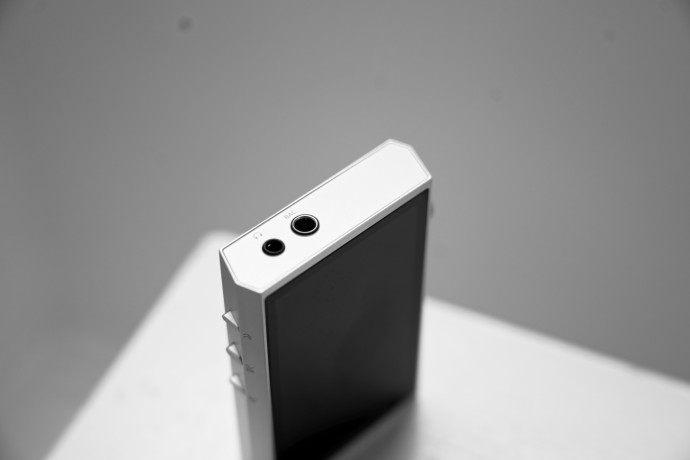
On the left-side:
- three buttons dedicated fo play/pause, forward, reverse controls
And, finally, at the bottom you get:
- one USB-C port for the charge/data-transfer
- one micro-SD port, to expand the internal storage (there’s none
And, last but not least, you also get a 3.2” LCD touch screen. Talking about that, let’s carry on and check the screen.
Screen
Looking at numbers only, the Shanling M1 Plus screen’s isn’t impressive by any mean. It’s 3.2” wide only, sports an antique 480p resolution and isn’t really bright even when pushed to the max. The only player that I tried recently showing equal specs would be the Hidizs AP80 Pro-X, so no need to say that I wasn’t very enthusiastic to watch it.

Thankfully though, responsiveness is quite good, thanks to the better CPU, and compared to the original M2X – one I reviewed years and years ago – the difference is sensible – even if not night and day. A good software/hardware integration, thanks to the latest version of the MTouch OS, and Ingenic X2000 CPU.
Contrast is good, logos are mostly crisp (even if I’m not very fond of the color schemes) and album cover looks equally nice, when correctly tagged.
Bundle
Inside the box
The Shanling isn’t really well-dotted, so you’ll get the bare minimum.
Inside, you will find :
- 1x Shanling M1 Plus
- 1x USB-C to USB-A cable
- 1x screen protector
- some documentation
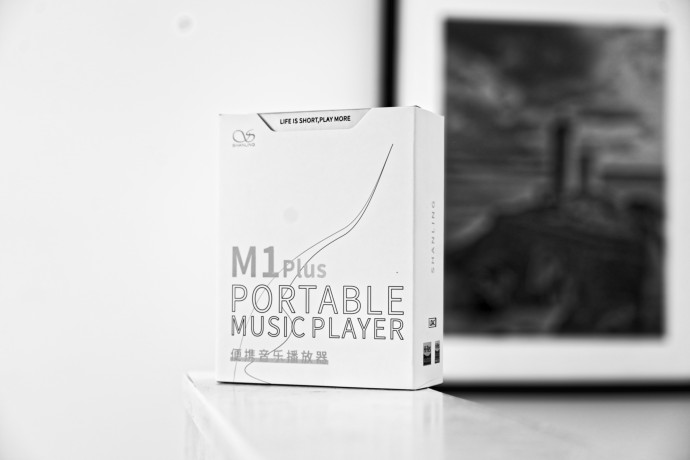
Sadly, the device only comes with a sole USB-C to USB-A cable and not USB-C to USB-C cable, but bearing in mind that this kind of cable only cost a few bucks nowadays, I understand.
The article continues on Page Two, after the click here
Page 2: Everyday Use
Page 3: Specifications
Page 4: Sound performances







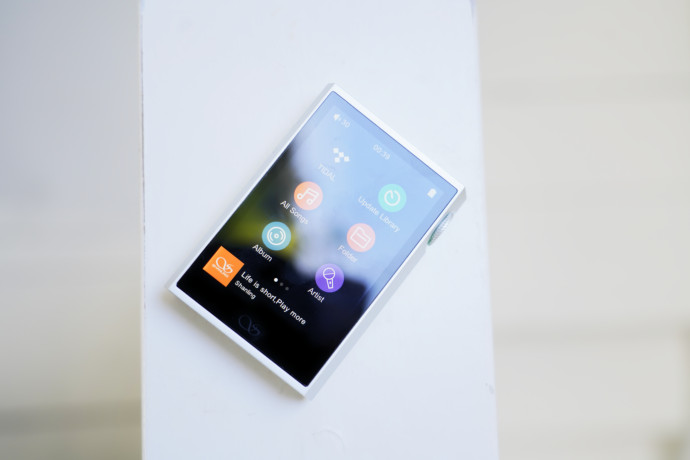
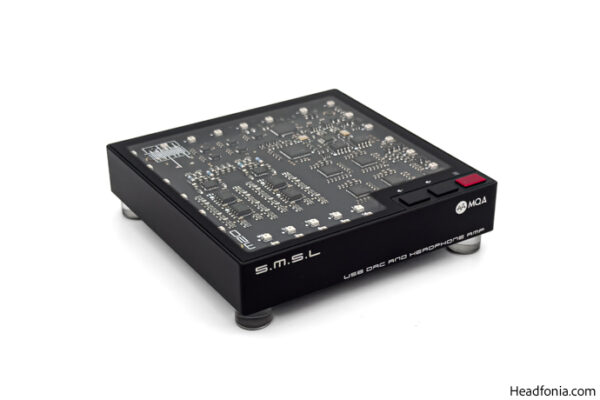

Erik
Tidal no longer uses the MQA codec. The ability to decode MQA has thus become redundant.
Lieven
not totally. Think Local files
Nate
Thats 100% false. They are phasing it out, at an unspecified rate. There is tons and tons of mqa still. I dislike the format but just correcting your statement.
Jorch.
I was specting this dap review, I seen you write about the m2x, I had that player but is discontinued, the same with the a&k pee51, both was my favorite dacs. would You recomended me the new m1s for replace those?
Felipe
Hi, thanks for the review. How it’s compare soundwise with the H2 out of wired and BT connections?